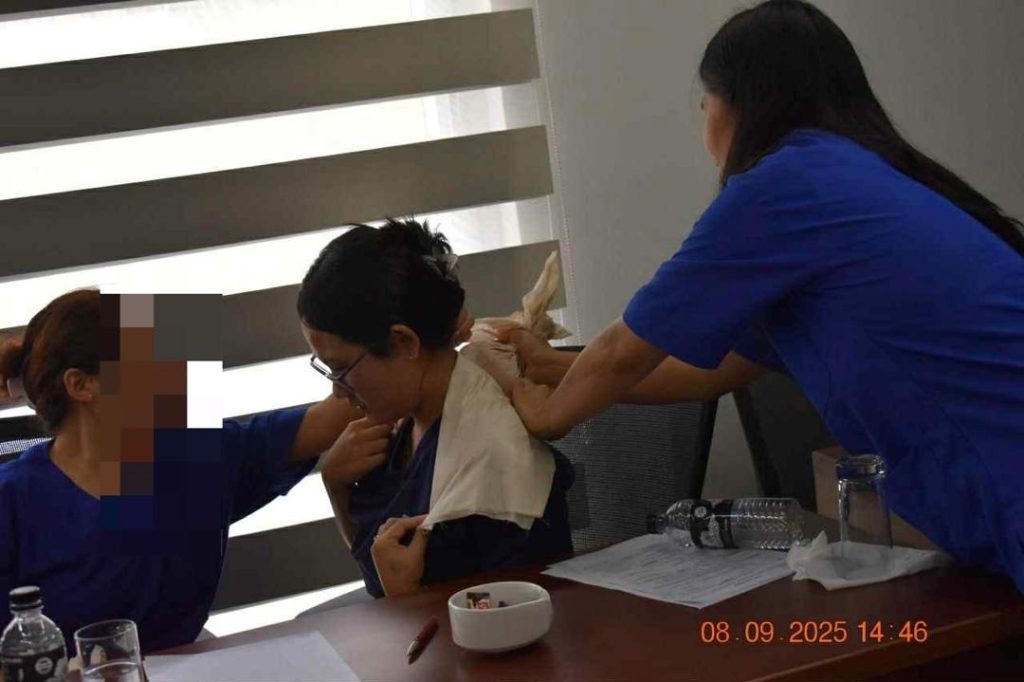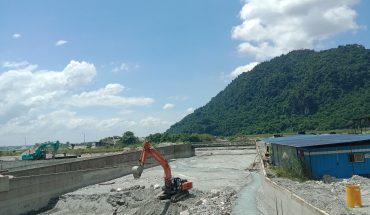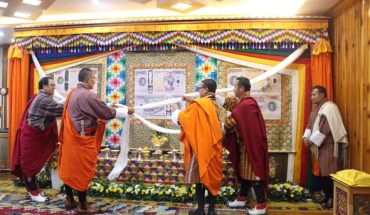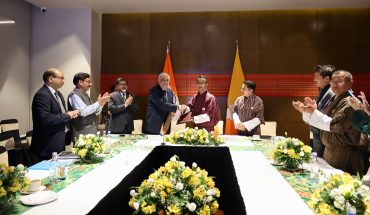
KINZANG DORJI TSHERING | Thimphu
In Bhutan, healthcare is not just about curing disease—it reflects the nation’s culture, spiritual heritage, and philosophy of holistic well-being. The coexistence of modern medical services and traditional medicine, locally known as Sowa Rigpa, represents a unique balance that combines scientific rigor with centuries-old cultural wisdom.
Across the country, hospitals and health facilities increasingly integrate these two systems, offering Bhutanese citizens multiple avenues to address physical, mental, and spiritual health.
Traditional medicine in Bhutan has deep roots in Buddhist philosophy and local healing practices. Sowa Rigpa emphasizes balance between the body, mind, and spirit, with treatments using natural herbs, spiritual rituals, and dietary guidance. This holistic approach continues to play a vital role, particularly in rural areas where access to modern hospitals can be limited.
The Menjong Sorig Pharmaceutical Corporation in Thimphu produces standardized herbal medicines derived from more than 300 medicinal plants found in Bhutan, ensuring that traditional remedies meet quality standards while remaining true to their ancient formulations.
For many Bhutanese, the choice of treatment is influenced by both cultural beliefs and personal experience.
Tashi Tobgay, an intern medical practitioner at Mongar hospital, said, “As a Buddhist nation, the people of Bhutan are deeply rooted in spiritual beliefs, which enables them to follow the spiritual path harmoniously, even with the presence of advanced scientific services such as modern medicine.”
He added that traditional medicine in Bhutan is strongly influenced by these spiritual foundations, which helps preserve the nation’s cultural authenticity. Therefore, despite the growing emphasis on scientific credibility, Bhutan continues to maintain its rich spiritual and cultural identity.
Modern medicine in Bhutan, introduced in the 1960s, has transformed public health outcomes. With government-funded healthcare services available nationwide, citizens have access to advanced diagnostics, surgeries, vaccination programs, and emergency care.
The Jigme Dorji Wangchuck National Referral Hospital in Thimphu remains the hub of modern medical advancement, while district hospitals and Basic Health Units across the country provide essential healthcare services, including maternal and child care, infectious disease management, and chronic disease treatment.
Despite the widespread availability of modern medicine, many Bhutanese continue to use traditional remedies.
Tashi Tobgay noted, “Traditional medicine has its own scientific foundations, but its explanations are often framed through spiritual and philosophical language. This can lead some to perceive it as lacking evidence, even though it does possess a scientific basis.”
He however said that, in contrast, modern medicine is widely preferred worldwide as it shows strong scientific rationale and advanced medical technology to diagnose and treat illnesses. Consequently, many people tend to prefer modern treatments over traditional medicine, despite the latter’s proven effectiveness.
He further highlighted practical challenges for doctors, saying, “One of the main challenges doctors face is persuading patients who strongly adhere to traditional medicine to consider modern treatments, particularly for conditions that traditional methods cannot address, such as those requiring surgical intervention.”
He added that patients who are deeply rooted in traditional practices may find it difficult to change their preferences, especially those who rely entirely on traditional remedies for their healthcare.
Modern doctors in Bhutan recognize the value of Sowa Rigpa, particularly when it complements biomedical treatments.
Dr. Tshering Bumden Tshokey, a medical doctor at Samtse Hospital, emphasized the importance of preserving traditional knowledge while embracing scientific methods.
He said, “As traditional medicine practitioners, we can integrate our knowledge to give better service for our patients, but we must never forget our roots. While we may use modern technology, at the end of the day, we have to rely on the medicines and techniques of our own Sowa Rigpa.”
Dr. Tshokey highlighted the impact of traditional medicine in patient care, noting, “It may seem like magic sometimes because many choose traditional medicine as their last option, and yet they get treated and recover. In today’s modern world, people often do not believe without clear evidence, which is why many research papers have been published—and continue to be published—to support these claims.”
On the value of integrating both systems, he said, “As always, two is better than one. Many patients still find hope in traditional medicine after trying various treatments elsewhere. For them, it is a source of trust and healing, and when awareness is improved, confusion about the use of both systems can be minimized.”
He also stressed the importance of government support, stating, “The government has been providing support, and if the same level of encouragement is given equally to both healthcare systems, the public will benefit as intended, ensuring a more effective and culturally sensitive healthcare experience.”
Dr. Chokey Dorji, a traditional medical doctor at Samtse Hospital, shared detailed insights from the perspective of Sowa Rigpa practitioners. He emphasized that the two systems should pursue parallel but connected tracks—ensuring that traditional practices are safeguarded while modern scientific methods validate safety and effectiveness.
He noted, “Some evidence exists, but it is limited, often heterogeneous, and condition-specific. More high-quality, locally-relevant research is needed before broad clinical endorsement for many indications.”
Dr. Chokey Dorji outlined several challenges for clinicians managing patients who use both traditional and modern treatments, including unknown herb–drug interactions, delayed presentation for serious conditions such as infections or acute cardiac events, poor communication when patients do not disclose herbal use, variable product quality, and differing explanatory models between traditional and modern practitioners that can affect adherence to treatment.
Despite these challenges, Dr. Chokey Dorji believes that structured integration can strengthen the healthcare system.
He proposed a practical roadmap for Bhutan, including regulation and standards for traditional medicines, locally relevant research and funding, pharmacovigilance and monitoring for herb–drug interactions, and public education to ensure safe combined care.
He said, “It can strengthen the system — provided integration is structured, regulated, and patient-centred. Left uncoordinated, it can cause confusion and safety risks.”
The perspectives of Tashi Tobgay, Dr. Tshering Bumden Tshokey, and Dr. Chokey Dorji underscore a shared vision: Bhutan’s healthcare system benefits when modern medicine and traditional practices coexist in a structured, regulated, and culturally respectful manner.
Both systems have their strengths—modern medicine offers evidence-based, life-saving interventions, while traditional medicine provides holistic care that resonates with Bhutanese spiritual beliefs and cultural values.
Integration in hospitals, awareness programs, and research initiatives reflects Bhutan’s commitment to preserving cultural identity while embracing scientific rigor.
By combining the two systems thoughtfully, the country can provide patient-centered care that addresses physical, mental, and spiritual well-being.





